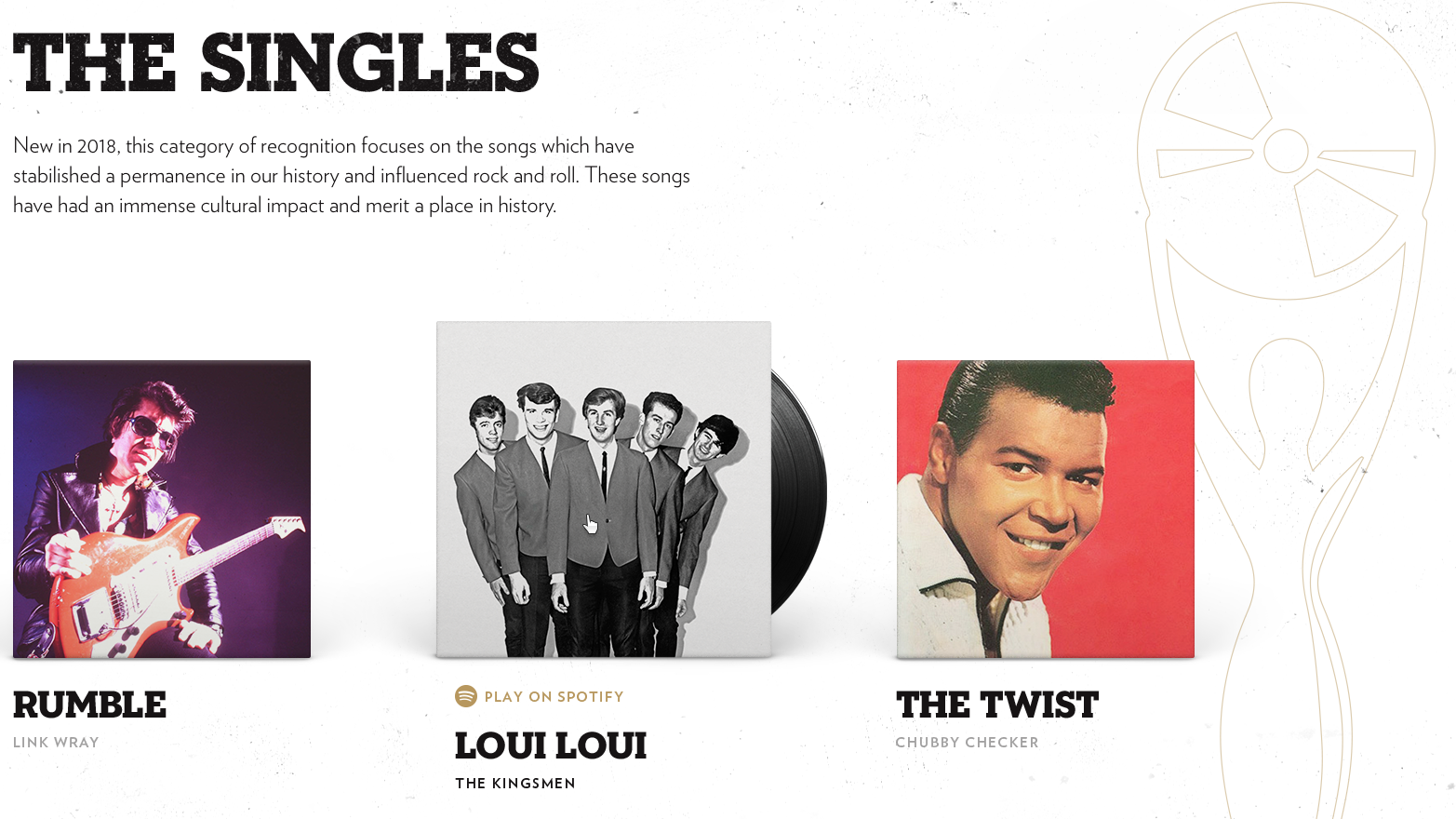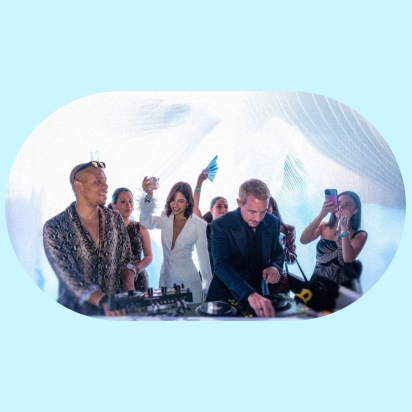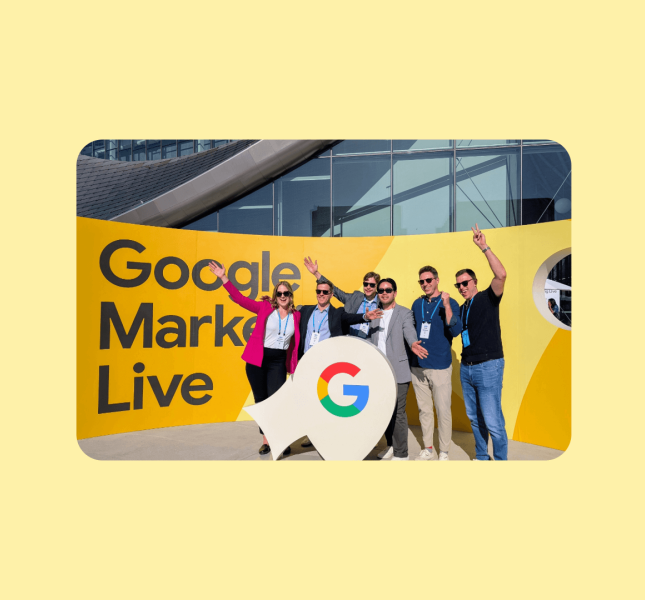How Remixing Rock Hall’s Website Struck a Chord
The imperative to keep up digitally is felt by many, though the challenge is especially felt by museums under pressure to infuse their collections with cultural relevance for their patrons. In aiming to make a historic event more tangible or a culture more understood, digital media offers museums and cultural institutions an excellent opportunity to reconsider how they will continue to inspire the visitors of tomorrow.
Few institutions have the built-in relevance to contemporary pop culture than the Rock & Roll Hall of Fame, which honors the music genre’s most iconic and influential artists, both past and present (and just recently announced its inductees for 2020). Just in time for its new honorees, the Hall of Fame unveiled the fruit of its own reimagined efforts, made in collaboration with MediaMonks: a complete overhaul of its website, which now offers a bold, impactful visual style that complements the forward-thinking acts and artists to whom the museum pays tribute.
Drive Innovation with Purpose
The Rock & Roll Hall of Fame’s mission is “to engage, teach and inspire through the power of rock & roll.” The new website delivers on this promise through a content-heavy theme that brings artifacts from the museum’s collection to life through scans and images. This way, users can preview what the museum has to offer before they visit—or can enjoy bits from the collection even if they’re unable to make a trip.
“The artifacts enhance the discovery phase and tease the collection,” says Brook Downton, Executive Producer at MediaMonks. Users find this content strung across more than 300 Hall of Fame Inductee biography pages, which lend each artifact context and meaning. The biographies are also linked contextually; for example, each page invites you to explore other artists inducted in the same year or that are particularly relevant or influential.
With digital, museums can make the experience for patrons much more accessible and personalized.
On one hand, this encourages users to explore and browse through the Hall of Fame’s website much like they would wander around the museum itself—balancing a sense of aimless browsing with meaningful curation. “We bring the user into rabbit holes from one artist to another,” says Downton. “It’s a website where you can spend an hour, rather than just five minutes.”
This web of interconnected artists also enables a more personalized experience by making it easier for visitors to find and discover items they’d most like to see. Museums can be overwhelming, after all, but a data-driven user journey can help users not only find the most relevant exhibits, but also discover something entirely new. “Museums are a reflection of humanity and society, of art and movements,” says Downton. “With digital, museums can make the experience for patrons much more accessible and personalized.”
Build Efficiency to Build Momentum
So, how does one not only embark on such a transformation, but actually sustain it from concept to market? One of the biggest pain points that hinders a project of this scale is time, making it difficult for brands to continue their efforts to achieve long-term goals.
Noting that CMOs historically don’t last more than a few years in their role, Forrester Senior Analyst Tina Moffett writes in her report “Marketers, Stop Sacrificing Long-Term Goals for Short-Term Wins” that “This revolving door makes it difficult to execute long-term marketing strategies, especially ones that depend on data-driven insights that take six months to a year to measure.”

Integrated playlists are just one of many ways that digital patrons can interact with the collection.
A digital revolution is a lengthy process—so much so that it’s ever-evolving and never complete. There’s the need to transition away from legacy systems, invest in new skillsets and measure whether the transformation has even been effective. To meet success in these efforts, brands must carry momentum throughout a multi-phase process on the path to success.
That’s why we begin with a laser focus on delivering fast results that fuel investment in long-term goals. For the Rock & Roll Hall of Fame, for example, we began by transforming the look of microsite that allows fans to cast their vote for new Inductees—an important, annual activation that drives fan participation and renews public interest in the museum year after year. This smaller-scale transformation gives us (and brands) the chance to take our learnings and apply them to the main project once completed.
Honoring the Past, Looking to the Future
As you develop a project, continually look for new opportunities to improve the total brand experience. For museums, this means extending focus beyond the website and what role it plays in ultimately getting visitors through the door. The Rock & Roll Hall of Fame achieved this by offering a series of curated, self-guided tours on its website, though future plans include a feature that will let users build unique, personalized tours based on their favorite artists. Such features not only inform patrons of what they will see before they visit, but also functions as a tool to help them truly connect with what the museum has to offer.
Best-in-class digital design offers incredible opportunities for any brand to build impactful experiences, whether it be through social media-inspired navigation as described above or simply a remarkably designed website. This is especially true for cultural institutions with a mission to educate patrons and provide access to cultural artifacts—offering new ways to infuse relevance in a shared cultural heritage.
Related
Thinking
Sharpen your edge in a world that won't wait
Sign up to get email updates with actionable insights, cutting-edge research and proven strategies.
Monks needs the contact information you provide to us to contact you about our products and services. You may unsubscribe from these communications at any time. For information on how to unsubscribe, as well as our privacy practices and commitment to protecting your privacy, please review our Privacy Policy.



